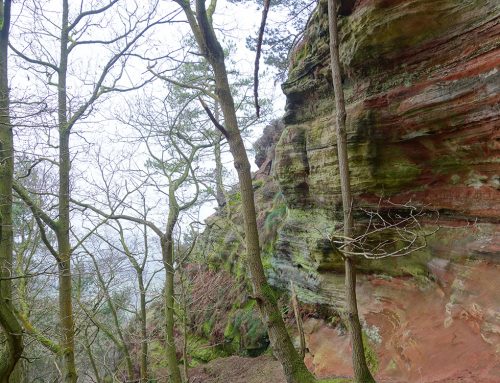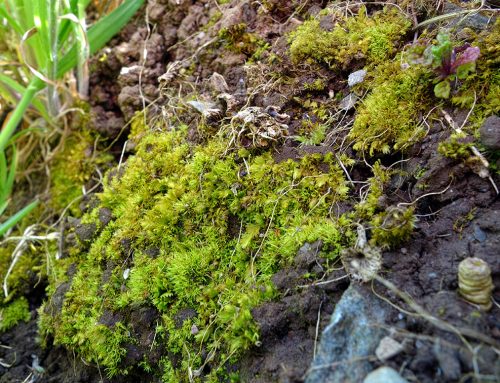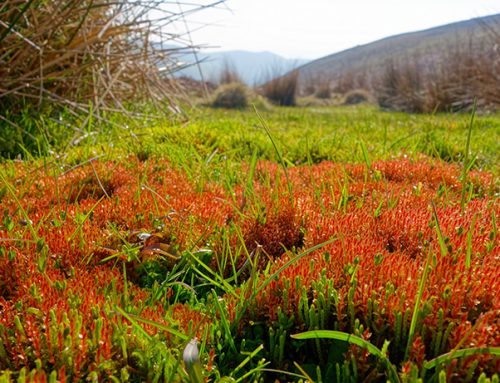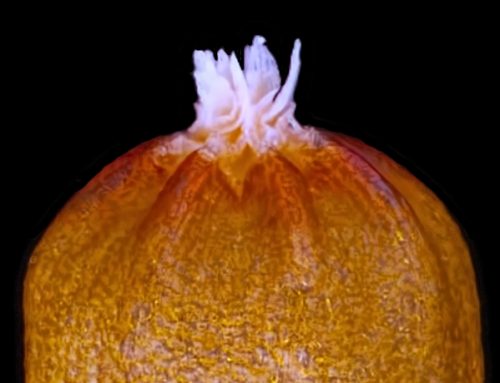Craig Leek, one of the many wonderful sites of Cairngorms National Park, is relatively small by Scottish standards but is exceptionally rich for bryophytes. It was first visited by bryologists in only 1964, during a BBS meeting, and was not given any subsequent attention until three recent surveys by a bryological king of the hills, Gordon Rothero. Within a long list of national rarities found during these visits was Clevea hyalina, new for Britain and since found at only one other site. Given the significant recent attention, it wasn’t thought that much new would be found during a bryophyte monitoring survey earlier this month. But the best sites always have more to offer, and eleven new nationally rare and scarce species were unearthed. The most notable was Eurhynchiastrum pulchellum, mostly recorded from Skye in recent decades and known from very few British sites. Other new notables included Dicranella grevilleana, Encalypta ciliata, the tiny Jungermannia borealis, fantastic stands of Schistidium papillosum with its blood-stained leaves, and a magnificent black sprawling patch of Schistidium trichodon. Rapid vegetation succession, following a large decline in grazing pressure in recent years, is a major problem for many of the species of interest, including the Clevea. Whilst more native woodland in the highlands is very welcome, striking a balance with other conservation interests at sites like Craig Leek can be a challenge. Scottish Natural Heritage is working to find a solution.
Craig Leek: the best sites always have more
By Des Callaghan|2020-04-04T17:45:23+01:00May 29th, 2015|News from bryophyte surveys at sites in Britain|





